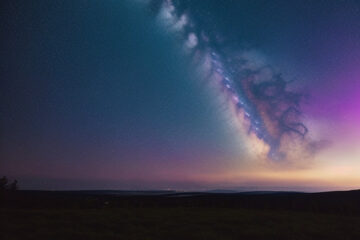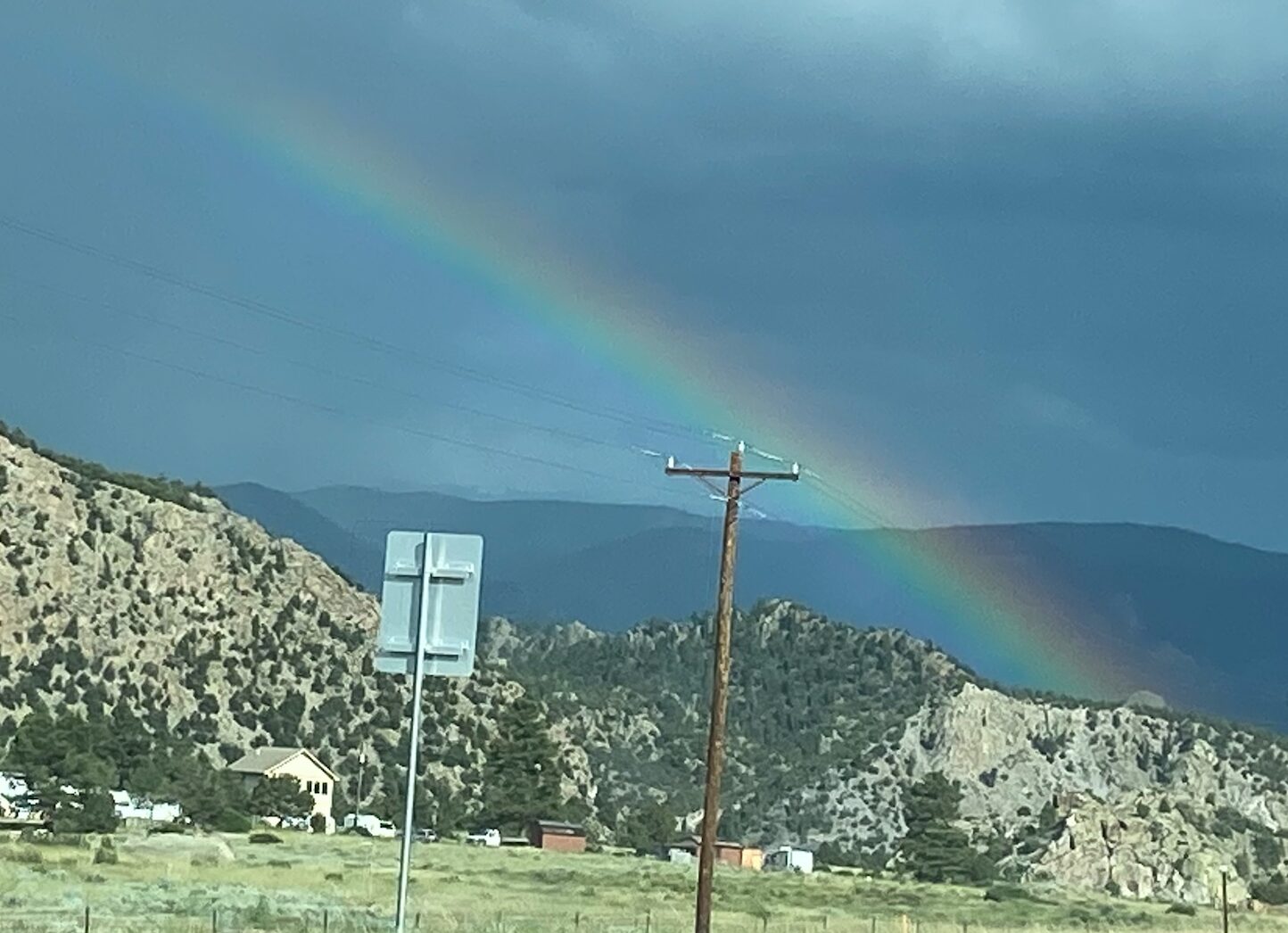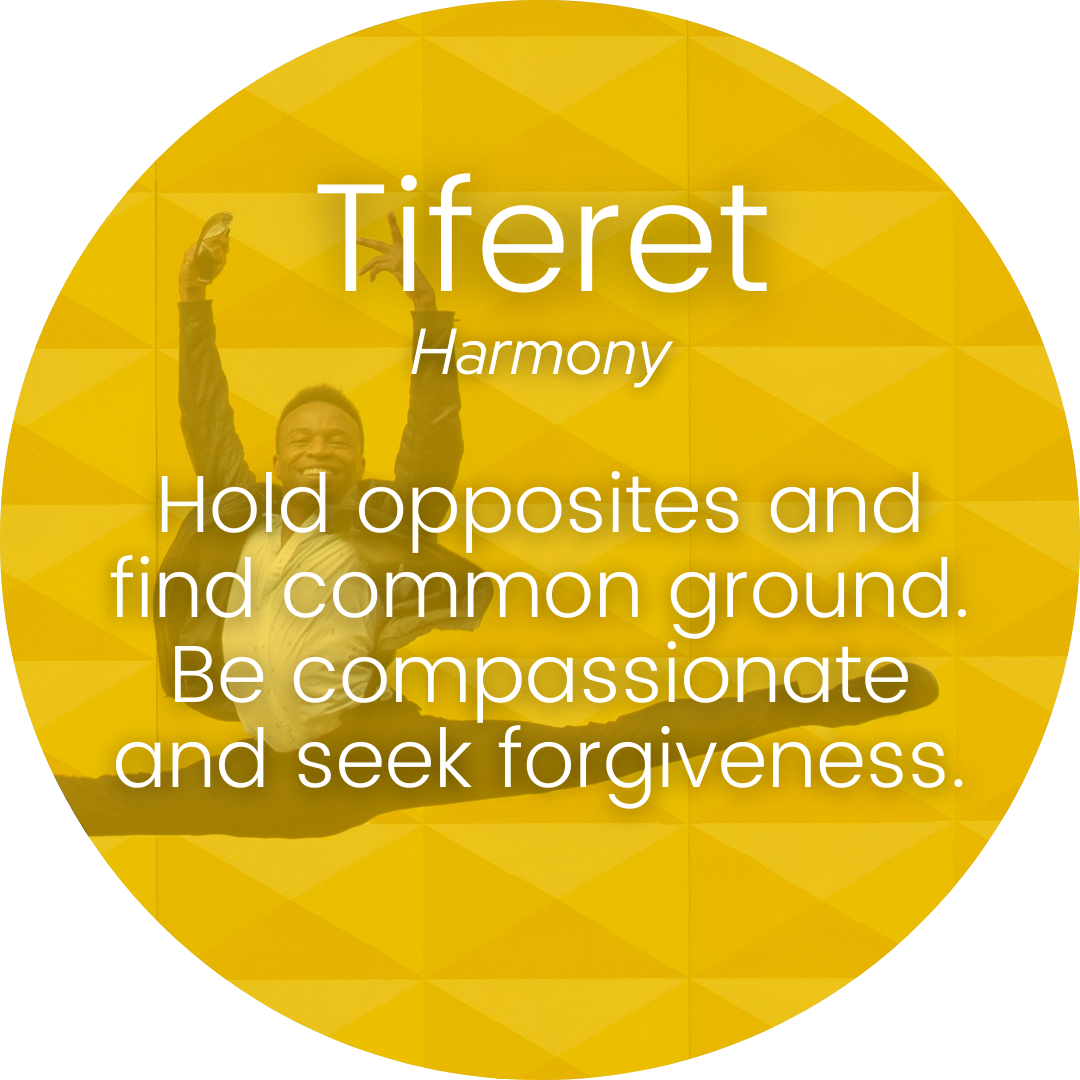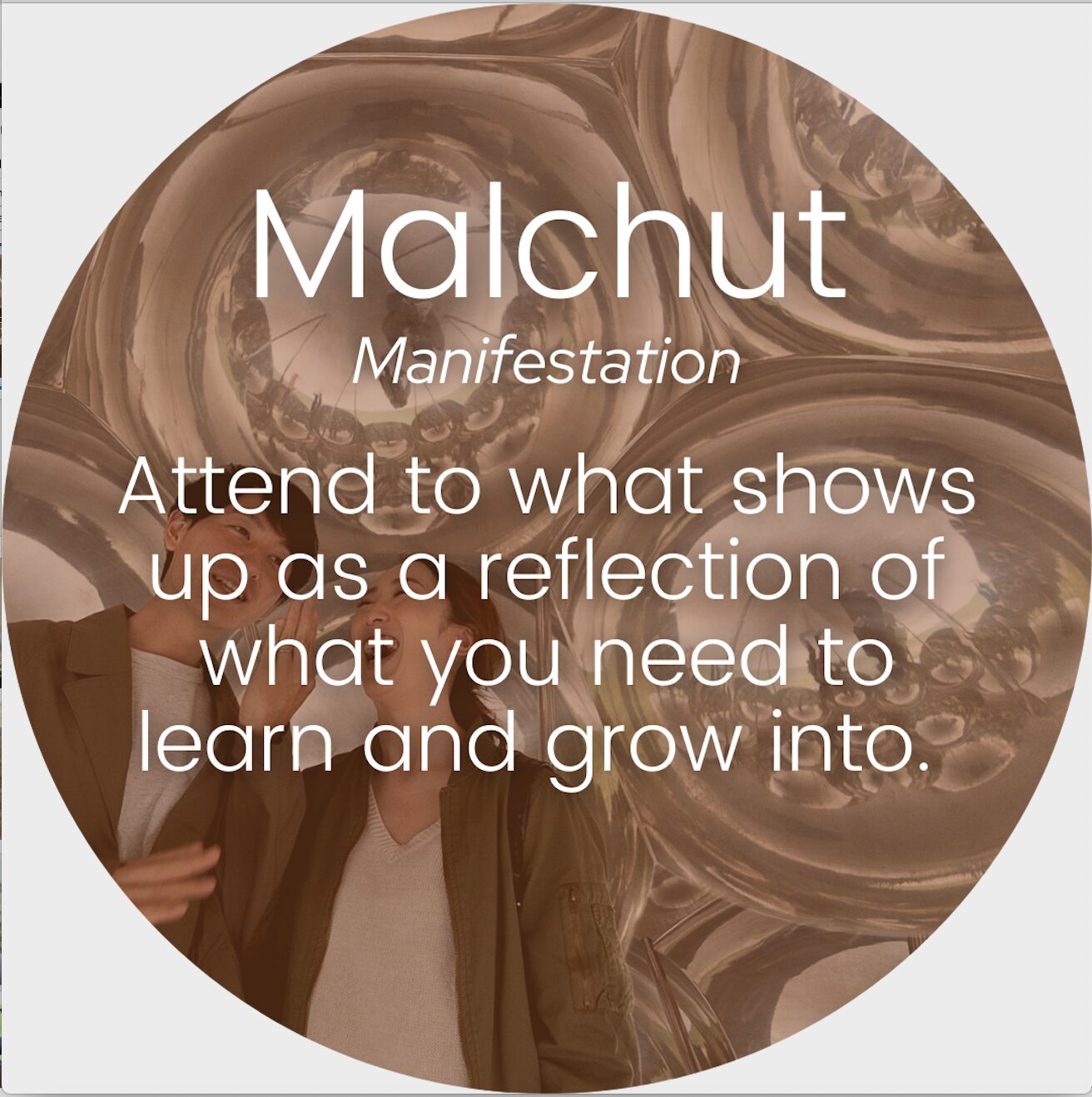by Dr. David Sanders
A story is told of King Ptolemy of Alexandria (second century BCE) summoning many learned Jewish scholars to translate the Torah from Hebrew to Greek. He placed them in separate rooms to check on the veracity of their translations. When they came to the verse “Let us make the human being in our likeness and image” they uniformly mistranslated it to read in Greek, “I will make the human being in my likeness and image.” They feared that those who were to read the Greek translation would think that the Jews also believed in a multiplicity of Gods.
What this myth reveals is the potential for misinterpretation. So what is the explanation for using the plural and creating potential confusion?
According to Jewish tradition the origin of Rosh Hashanah is a celebration of the beginning of human consciousness. The human is both animal and divine—finite in body and infinite in soul. The Kabbalists saw in this dual nature an explanation for God was consulting others. The others were not Gods but all facets of nature itself. The earth and water and all that preceded the human were part of the evolutionary process. The human was in the likeness and image of the cosmos, a part of the fabric of existence.
I have stopped being surprised by the realization of how little I know. Watching the film Oppenheimer opened my eyes to so many unknowns which I will grapple with for months to come, perhaps longer. While this was not the focus of the film, I was fascinated by the discussions about quantum physics, a field Oppenheimer helped to pioneer in the United States.
This summer I was in a remote area of the mountains and on a clear night, a moonless night, I saw the vastness, the magnificence, of the cosmos taken in with my eyes. The night sky filled with layer upon layer of shimmering lights.
Astrophysicists have posited that all the solar systems, nebulae and other “stuff” made of atoms comprise less than 5% in weight of the cosmos. What fills the rest of space is dark matter at 27% and the rest, close to 70%, is dark energy. The current understanding is that dark matter pulls galaxies together while dark energy pushes them apart. These are weighty responsibilities to keep the cosmos in balance.
If humans are a microcosm then we are similar in our proportions to the cosmos with most of our “weight” apportioned to what is invisible to us—our dark energy and dark matter. As God consulted with the cosmos what did it suggest for the human? If our body is less than 5% of our weight what dark, invisible forces push us apart and pull us together, in our interiors and in relation to others?
Oppenheimer and his team of scientists brought into existence a “gadget” so lethal that when it exploded it separated humans and others from their bodies. They were playing with dark energy to combat those intent on separating humans from one another and separating humans from their bodies. It took a village to build the atom bomb at Los Alamos—pulling together for a common goal, for dark matters.
Consider your own proportions of pulling toward and pushing away to find the harmonious balance that stabilizes the universe called “me.”
Join us at Kabbalah Experience for Rosh Hashanah and Yom Kippur Experiences this year!









0 Comments